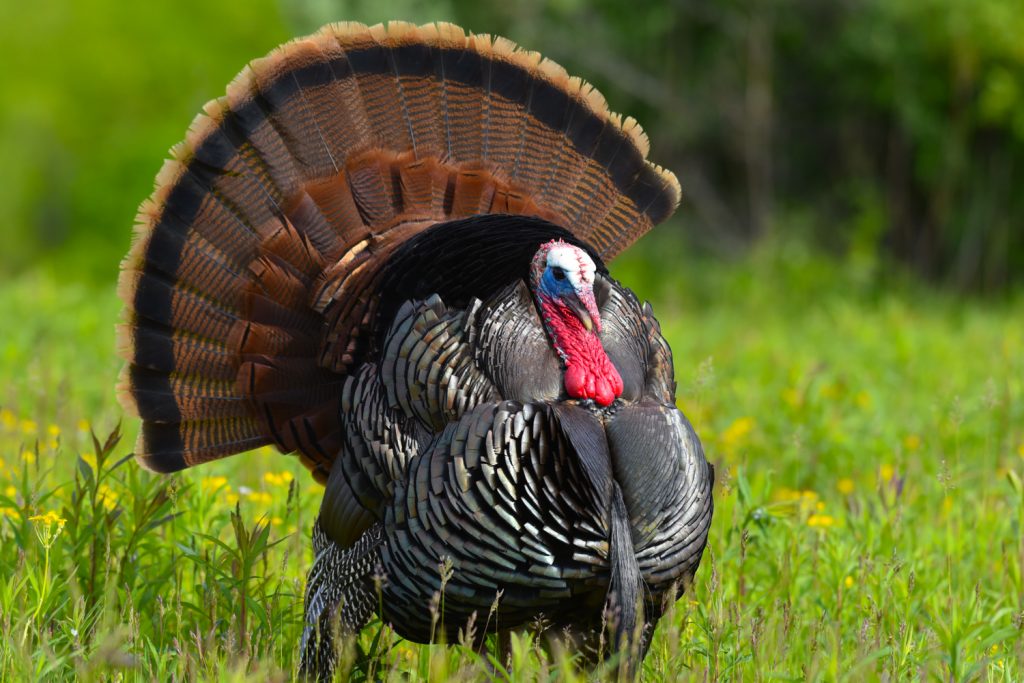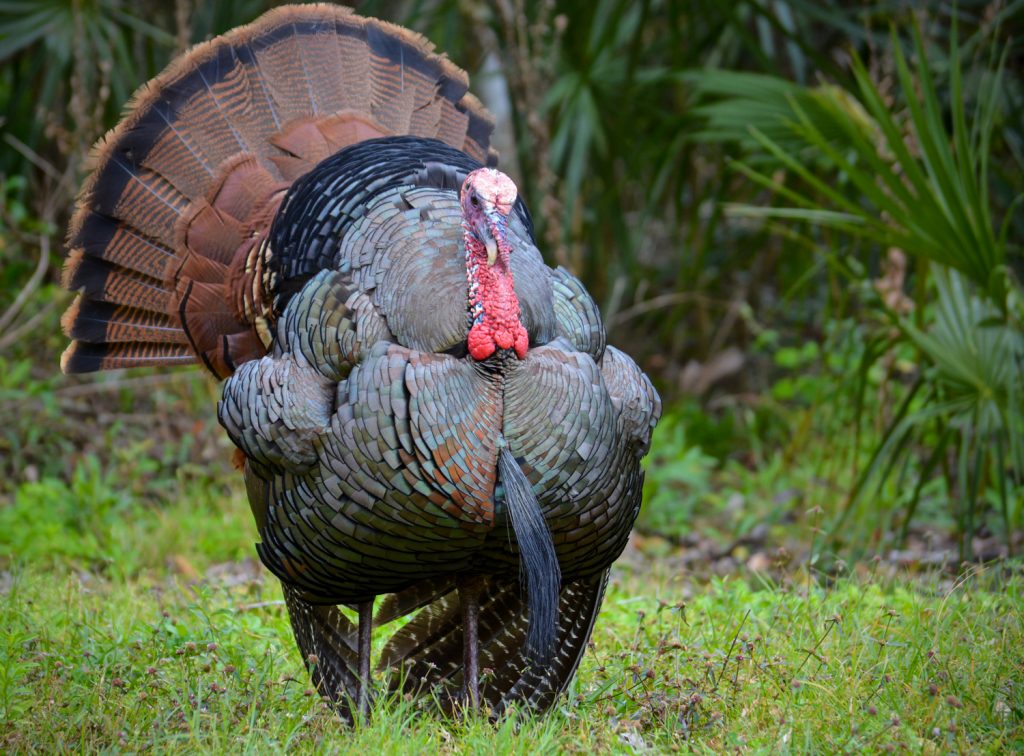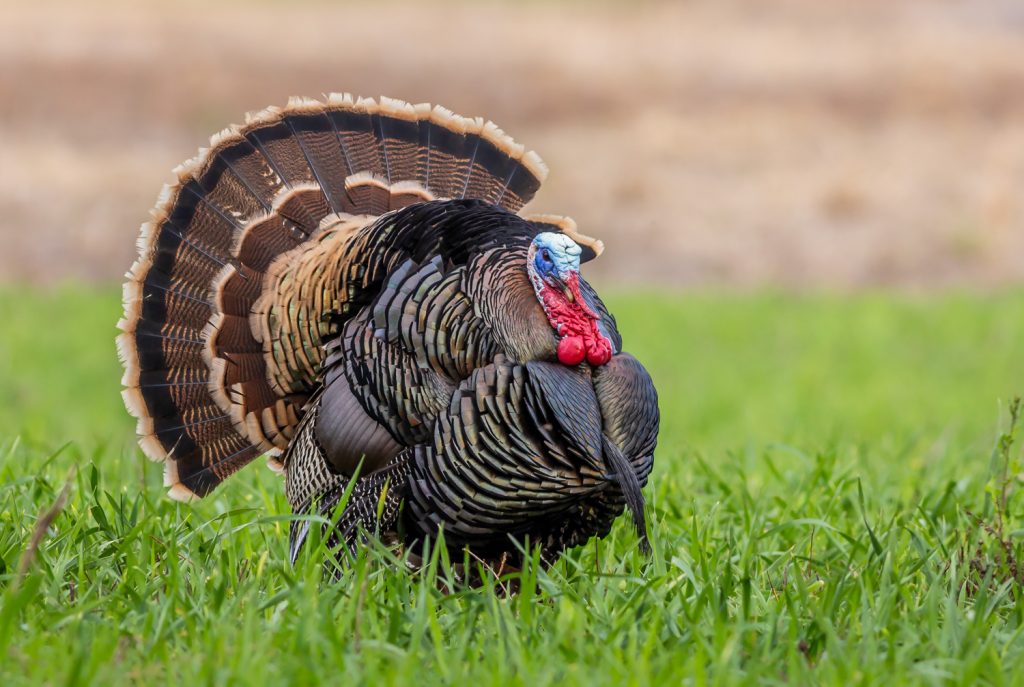Unveiling the Wonders of the Wild Turkey: A Journey Through Species, Habitat, and Hunting
The wild turkey, a majestic bird native to North America, has captivated hunters and naturalists alike for centuries. With its impressive size, distinctive plumage, and elusive nature, the wild turkey stands as a symbol of the American wilderness This comprehensive guide delves into the fascinating world of the wild turkey, exploring its various species, preferred habitats, and the thrilling sport of turkey hunting.
Exploring the Diversity of Wild Turkey Species
While many may believe there is only one type of wild turkey, the reality is far more diverse. In fact, there are six distinct subspecies of wild turkey, each with its own unique characteristics and geographic distribution. Let’s embark on a journey to discover these remarkable birds:
1. Eastern Wild Turkey (Meleagris gallopavo silvestris)
- The most abundant and widely distributed subspecies, found across the eastern United States and parts of Canada.
- Characterized by chestnut-brown tips on their tail feathers and white and black bars on their wings.
- Adult males (toms) weigh 18-30 pounds, while females (hens) typically weigh 8-12 pounds.
- Known for their strong gobbles and long beards, making them a favorite among turkey hunters.
2. Osceola Wild Turkey (Meleagris gallopavo osceola)
- Exclusive to the state of Florida, this subspecies is renowned for its elusive nature and challenging hunting experience.
- Distinguished by dark-brown tips on their tail feathers and mostly black wing feathers with minimal white barring.
- Adult males weigh around 20 pounds, while females weigh 8-12 pounds.
- Possess long legs, strong gobbles, and impressive spurs, making them a formidable opponent for hunters.
3. Rio Grande Wild Turkey (Meleagris gallopavo intermedia)
- Found primarily in the western desert regions of Texas, Oklahoma, Kansas, and other western states, with a healthy population in Mexico.
- Characterized by tan-colored tips on their tail feathers and equal black and white barring on their wing feathers.
- Adult males weigh around 20 pounds, while females weigh 8-12 pounds.
- Known for their moderate gobbles and beards, offering a unique hunting experience.
4. Merriam’s Wild Turkey (Meleagris gallopavo merriami)
- Predominantly found in the mountainous regions of the western United States, with the Rocky Mountains serving as their central hub.
- Distinguished by light-colored tips on their tail feathers and a higher proportion of white compared to black on their wing feathers.
- Adult males weigh 18-30 pounds, while females weigh 8-12 pounds.
- Possess the weakest gobble among all subspecies and exhibit short to moderate beard lengths.
5. Gould’s Wild Turkey (Meleagris gallopavo mexicana)
- This rare subspecies was once believed to be extinct in the United States but has recently been reintroduced to Arizona and New Mexico.
- Characterized by white tips on their tail feathers and long legs, similar to the Osceola subspecies.
- Adult males typically weigh 18-30 pounds, while females weigh around 12-14 pounds.
- Possess moderate gobbles and beard lengths, making them a unique addition to the wild turkey family.
6. Ocellated Turkey (Meleagris ocellata)
- While not technically a subspecies of the wild turkey, the ocellated turkey is closely related and deserves mention.
- Native to the Yucatan Peninsula in Mexico and Belize, this bird is distinguished by its iridescent plumage and distinctive eye-like markings on its tail.
- Due to habitat loss and hunting, the ocellated turkey is classified as endangered, highlighting the importance of conservation efforts.
Delving into the Habitat of the Wild Turkey
Wild turkeys thrive in a variety of habitats, showcasing their adaptability and resilience. From dense forests to open fields, these birds have mastered the art of survival in diverse environments. Here’s a closer look at their preferred dwelling grounds:
– Hardwood and mixed conifer-hardwood forests: These areas provide ample food sources, including acorns, berries, and insects, as well as cover for nesting and roosting.
– Open, mature forests with a variety of tree species: This type of habitat offers a balance between cover and open spaces, allowing turkeys to forage and escape predators effectively.
– Cypress swamps and tupelo swamps: These wetlands provide a rich food source and nesting habitat, particularly in the southeastern United States.
– Oak woodlands and savannas: These areas offer a combination of acorns and open spaces, making them ideal for foraging and roosting.
– Montane conifer woods and open oak forests: These higher-elevation habitats provide a unique environment for turkeys in mountainous regions.
The Thrill of the Hunt: A Guide to Responsible Turkey Hunting
Turkey hunting is a time-honored tradition that requires skill, patience, and respect for the animal and its habitat. Whether you’re a seasoned hunter or a novice, understanding the basics of responsible hunting is essential. Here are some key principles to keep in mind:
– Research and follow local regulations: Hunting regulations vary by state and season, so it’s crucial to stay informed and adhere to the rules.
– Choose the right equipment: Proper camouflage, a reliable shotgun, and effective calls are essential for a successful hunt.
– Scout the area beforehand: Understanding the turkey’s habitat and movements will increase your chances of success.
– Be patient and persistent: Turkey hunting requires patience and the ability to adapt to changing conditions.
– Respect the animal and its habitat: Always prioritize ethical hunting practices and avoid disturbing the natural environment.
Beyond the Hunt: The Significance of the Wild Turkey
The wild turkey holds a special place in American culture and history. From its role as a food source for Native Americans to its status as a national symbol, this bird has played a significant role in shaping our nation’s identity. Here are some interesting facts about the wild turkey:
– The wild turkey is the largest game bird in North America.
– Benjamin Franklin proposed the wild turkey as the national bird of the United States.
– The wild turkey is featured on the official seal of the National Wild Turkey Federation.
– Wild turkeys are known for their intelligence and adaptability.
– Conservation efforts have played a crucial role in restoring wild turkey populations across the country.
The wild turkey, with its diverse subspecies, adaptable nature, and cultural significance, stands as a testament to the wonders of the natural world. Whether you’re a hunter, a nature enthusiast, or simply appreciate the beauty of wildlife, the wild turkey is a bird worth celebrating and protecting. By understanding its various aspects, we can ensure that this majestic creature continues to thrive for generations to come.
Wild turkeys are among the most popular game animals in the world, but you will encounter different subspecies of the bird depending on the region of the country in which you live.
The American wild turkeys five subspecies are inherently challenging, incredibly alluring and unique in their own way. Each of the five subspecies display different physical and behavioral characteristics that define them. Get the 411 on each subspecies below:

Eastern wild turkeys are the most widely distributed subspecies east of the Mississippi River. They are also the most abundant. In fact, you can find them in 38 states and numerous Canadian provinces.
- Chestnut-brown tips on tail feathers
- White and black bars on the wings
- Adult males weigh 18 to 30 pounds
- Adult females weigh 8 to 12 pounds
- Very strong gobbles (strongest gobbles of all subspecies)
- Very long beards (longest beards of all subspecies)
- Second to the Osceola in difficulty of calling in

Osceola (Florida) wild turkey
The Florida wild turkey (also referred to as the Osceola) gets its name from its location. It’s only found in Florida. There are about 100,000 of them in Florida today.
- Dark-brown tips on tail feathers
- Mostly black wings with very small white bands
- Adult males weigh approximately 20 pounds
- Adult females weigh 8 to 12 pounds
- Long legs
- Strong gobbles
- Very long spurs
- Shorter beard-lengths than Easterns
- Considered the toughest species to call in

Species Spotlight: Wild Turkey
FAQ
What is the rarest species of turkey?
How many wild turkeys are left?
How many species of wild turkey are there in the world?
The answer is one— Meleagris gallopavo. It may come as even more of a surprise that there are only two species of wild turkey in the world. The single North American wild turkey species, Meleagris gallopavo, comprises five unique subspecies. These five subspecies make up the entire wild turkey population in North America.
What are the 5 North American wild turkey subspecies?
The sections below discuss each subspecies in detail and provides information about population size, diet, habitat, and more. The five North American wild turkey subspecies are the eastern, Osceola, Merriam’s, Gould’s, and Rio Grande. This is a male (tom) eastern wild turkey. 1. Eastern Wild Turkey
What are the two types of turkeys?
The National Wild Turkey Federation website explains that the two species of turkeys are the North American and the ocellated. The North American species has five subspecies, including the Eastern, Florida (Osceola), Rio Grande, Merriam’s and Gould’s. Each subspecies lives in a different geographic region in the U.S.
How many ocellated turkey species are there?
The North American species has five subspecies, including the Eastern, Florida (Osceola), Rio Grande, Merriam’s and Gould’s. Each subspecies lives in a different geographic region in the U.S. The ocellated turkey is a separate species that inhabits a 50,000-square-mile area in Mexico, northern Belize and northern Guatamala.
